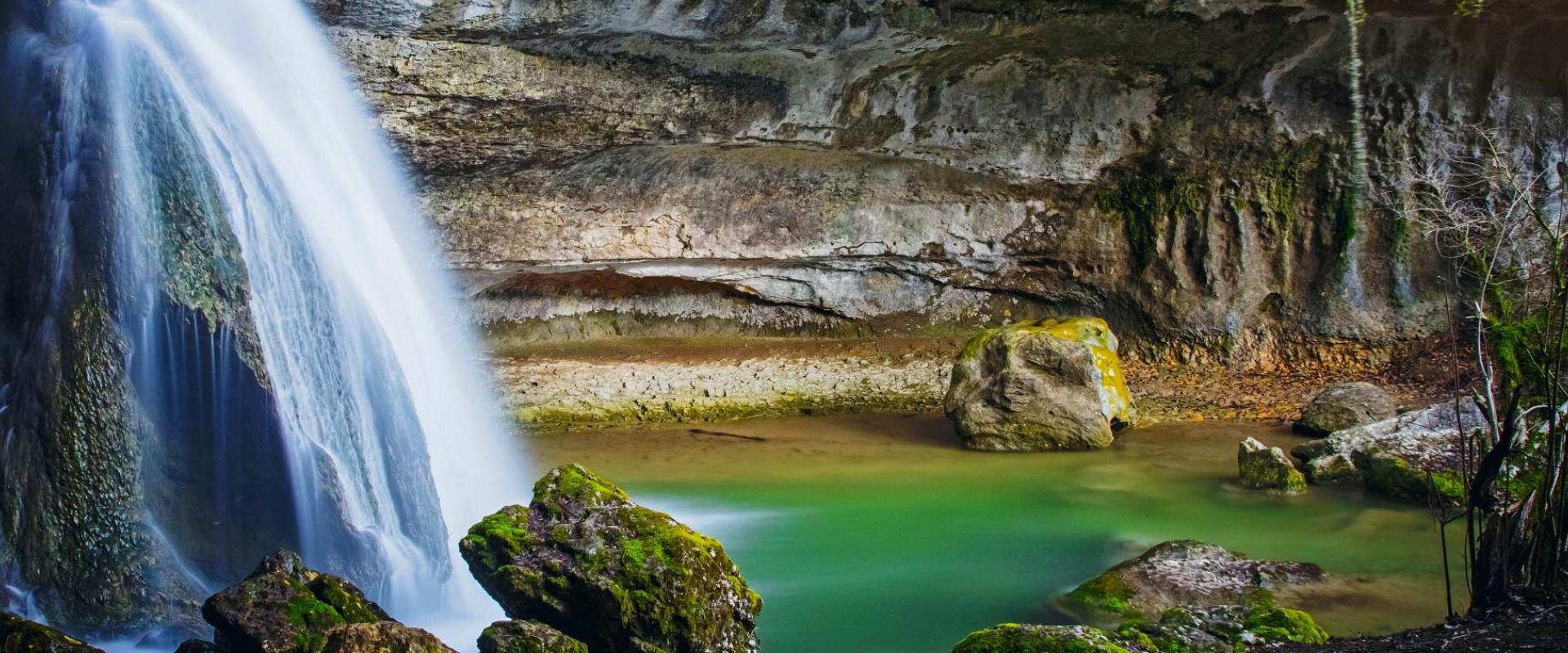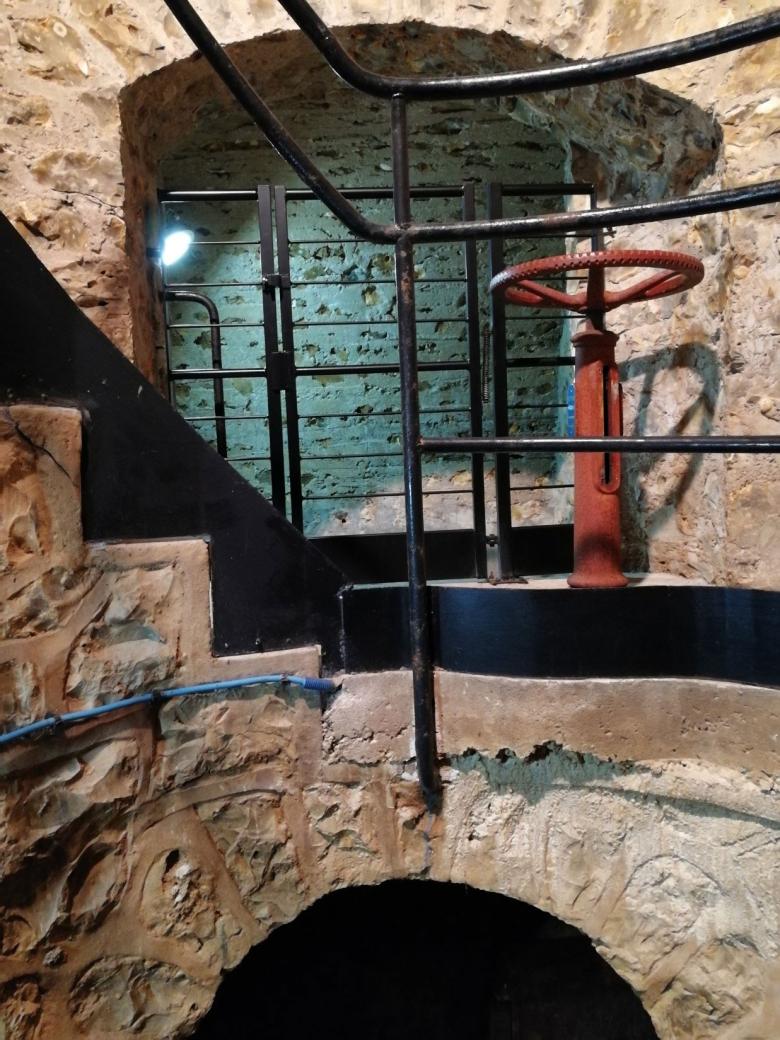The need
The aim of the joint project conducted by Eau de Paris and BRGM was to understand and anticipate changes in water quality and quantity for a catchment basin that supplies the City of Paris.
Eau de Paris exploits various different resources for drinking water supply in areas that are quite far from each other. These resources will probably be affected by climate change in different ways, since they are located in areas with different climate conditions and hydrogeological systems, and where the land is used for different purposes.
Consequently, anticipating changes in the short and medium term (2050) is essential for ensuring the sustainable management of the resources, as well as for managing the investments required in terms of the production facilities. In order to anticipate these future changes and gain a better understanding of how things currently function, an initial phase of studies was launched in one of these areas, located to the west of Paris, in the Avre valley. The studies analysed the local hydrochemistry, spring-flow records and piezometric levels, and work was conducted to model certain data recorded.
The results
The combined study of hydrochemistry records (groundwater and surface water), piezometry and flow signals confirmed the karst-based geology of a large part of the catchment basin. Exchanges between the aquifer and the river were also noted, as well as more intense interaction between the water and rock formations in the downstream section of the catchment basin. Based on these observations, several models were developed:
- An overall model of the entire catchment basin, using the EROS software. This model provides a highly satisfactory overview of changes in piezometry levels and flow rates in the springs and the river;
- Various nitrate-transfer models, using the BICHE software;
- A specific impulse-response model for modelling turbidity.
The EROS model and the impulse-response model are particularly well suited to the needs of short-term resource management. They both highlight the composite nature of the flows (slow dynamics linked to the permeability of the matrix, fast flow rates in areas with karst formations), and the significant groundwater/river exchanges.
The potential impacts of climate change were assessed from two viewpoints: changes in quality, particularly as regards nitrate, and changes in quantity. For both points, the climate scenarios stretching from now to 2050 (based on the 5th IPCC report, and available on the DRIAS portal) were considered and entered into the EROS and BICHE models.
First of all, the analysis of the trajectories modelled shows there is considerable uncertainty surrounding the forecasts up to 2050. Depending on the greenhouse-gas-emission scenarios and the atmospheric models considered, the forecasts vary, with either drier or wetter conditions than currently. Generally, looking towards 2050 for this particular catchment basin, the impact of climate change would not appear to significantly alter the current conditions. However, the high degree of uncertainty surrounding these results means that we must be extremely cautious about their use.
Using the results
The results of the EROS model are published in MétéEauNappes; access is reserved for Eau de Paris, the resource manager, which is therefore responsible for disseminating and using the results to ensure the sustainability of the resources.
The partners
- Eau de Paris (Paris Water Authority)






